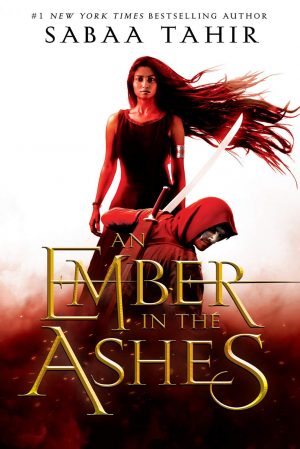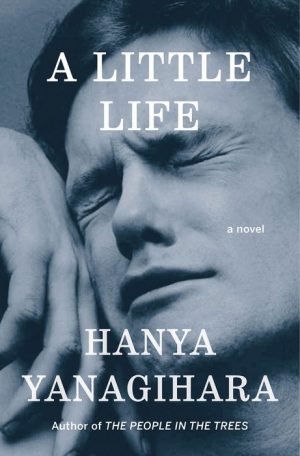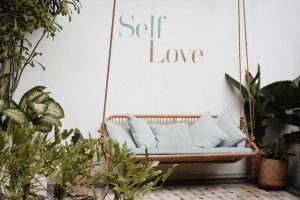Artist Talk: Cyriaco Lopes
February 21, 2020
Cyraco Lopes, a Brazilian artist currently based in New York, shared his collection, “Saints & Martyrs”—along with his many inspirations—to Stetson students on Feb. 19. Lopes describes his work as “genre fluid, queer in content and in form;” indeed, there is hardly a better way to describe his collection. A prolific artist, to say the least, “Saints & Martyrs” has been displayed at the Houston Center for Photography the L.A. Center for Digital Art, among others.
After a brief introduction of his work and background, Lopes presented his work in chronological order, from his most recent piece to his earliest; the room was reverently silent as he flipped from each work to the next. “Saints & Martyrs” is comprised of a series of photographs, each displaying a sculpture of Lopes’s design and making.
The painted sculptures are distorted presentations of the human form, one features a man with the head of an alligator sprouting from his leg, another features two heads sprouting from one body. All of the figures are naked, each shown with varying levels of anatomical accuracy. The backgrounds are often bright and colorful—some created with paint, others with fabrics and objects. Finally, Lopes adds adjusts the lighting and atmosphere of his photos, and then snaps a picture. Once photographed, he destroys the artwork and begins on his next piece.
During his presentation, Lopes referred to the photography of “Saints & Martyrs“ as the “arena” in which the many forms of his art meet; he asserted that, while most photography is like a “drawer” used to hold memories and moments in place. His purposeful use of the medium to capture his figures is a place in which the various types of composition in his work meet.
Throughout his presentation, Lopes displayed not only his work, but the works which have inspired him. He described this as a mental catalogue of queer art: a “Museum of Gay Art,” in which he has placed his work and the works of artists like him. Notably, Lopes cited the painting “Saint John in the Desert” (painted in the 15th century by Domenico Veneziano) as his original inspiration.
As he shared these inspirations, he suggested that each was infused with obvious level of homoeroticism and a curiosity with the queer form. He also cites a few films with similar themes as being a part of his museum. These works have inspired him both in content and in the actual creation of his art.
When asked about the overall message of his work, he said, “I don’t think my work is a message. I hope it is an experience… I hope you look at my photographs and see how they are constructed.”
Blair Green ‘20, a digital arts and English double major, explained how this resonated with her, “Being a double major, I really liked the idea of what he was talking about, in terms of not being glued to one form of art. I know, especially for myself, that’s something I’ve been trying to figure out how to go and work with.”
According to Green, the inspiration gained from the presentation would assist in a workshop she was taking with poetry professor Terri Witek, Ph.D: “Part of our workshop is going and drawing inspiration from the presenter, I know that, again, trying to find a way and go to blend two different, I feel that, yes, what he has said tonight is going to influence some work in the future.”
Lopes’s work, including the entirety of “Saints & Martyrs,” can be found at his website, http://cyriacolopes.com.






